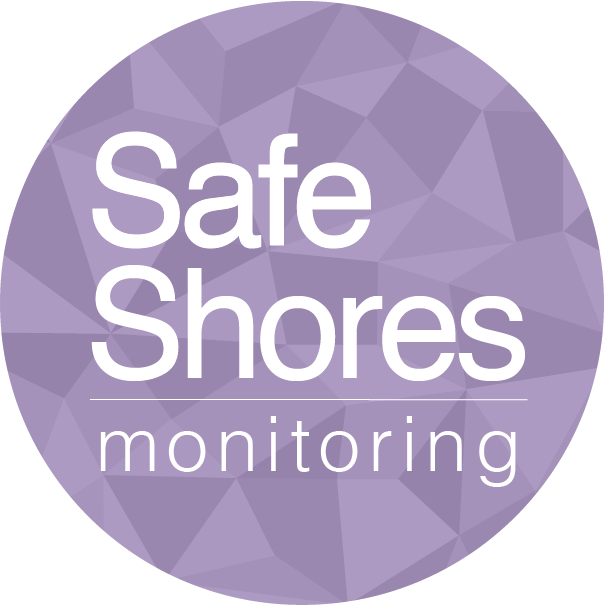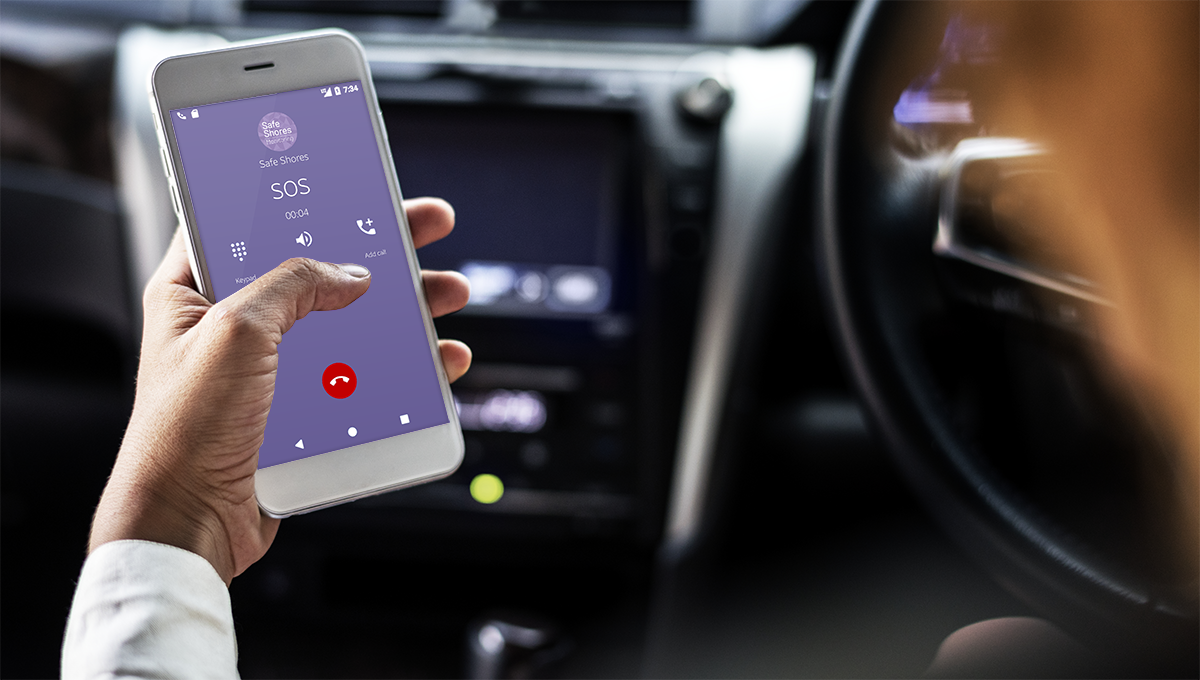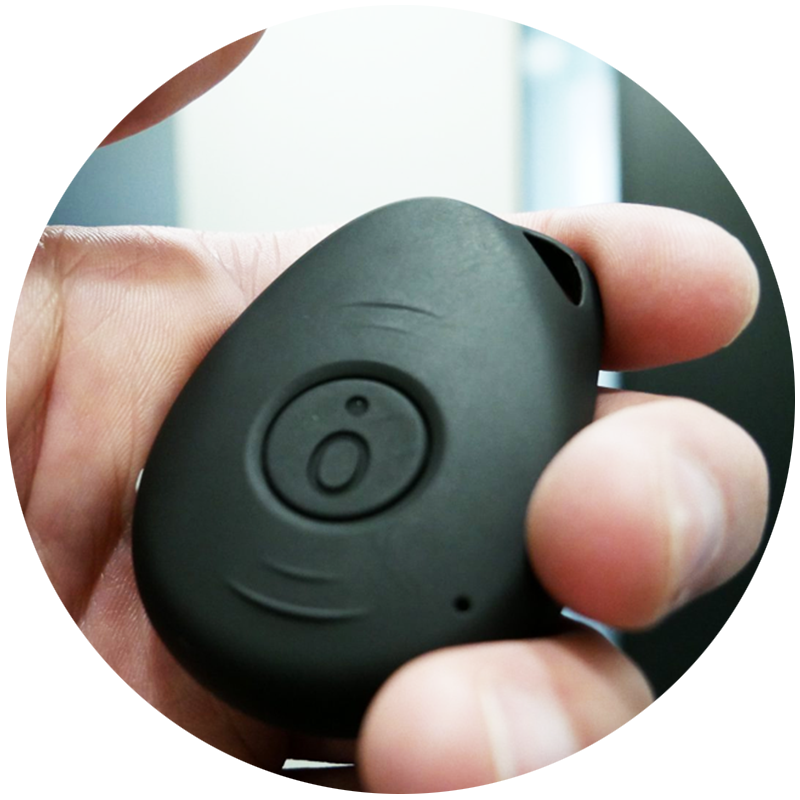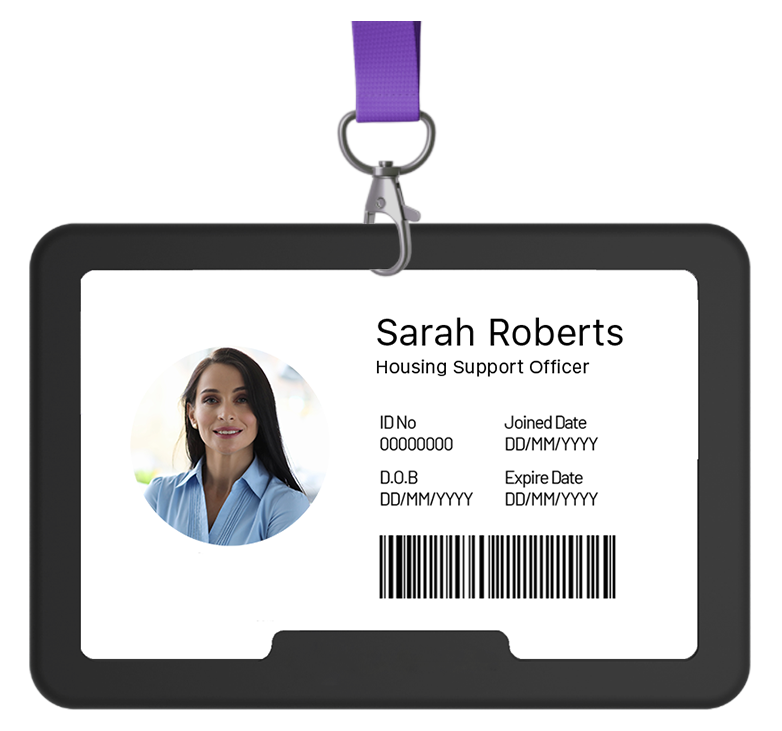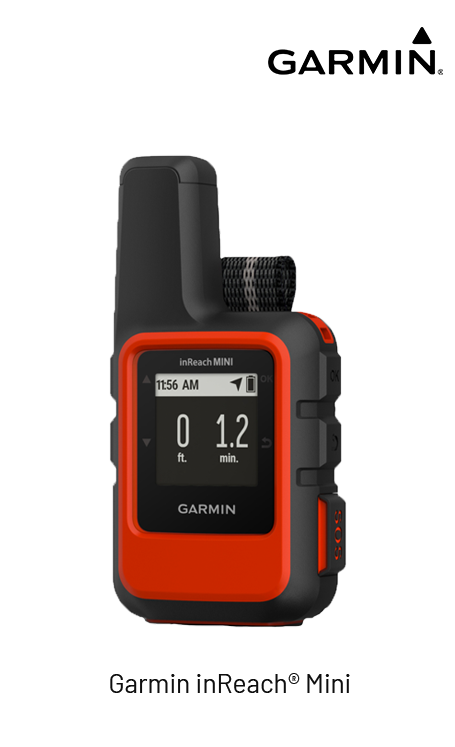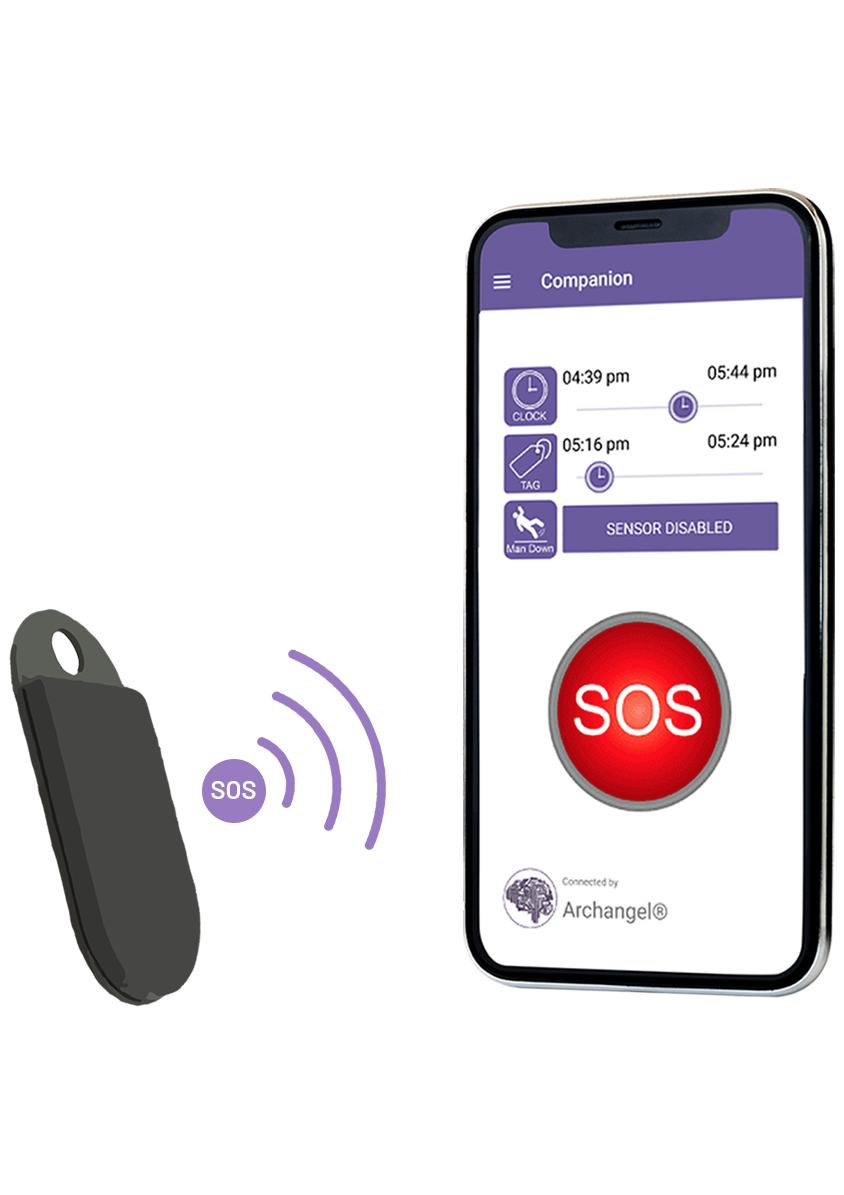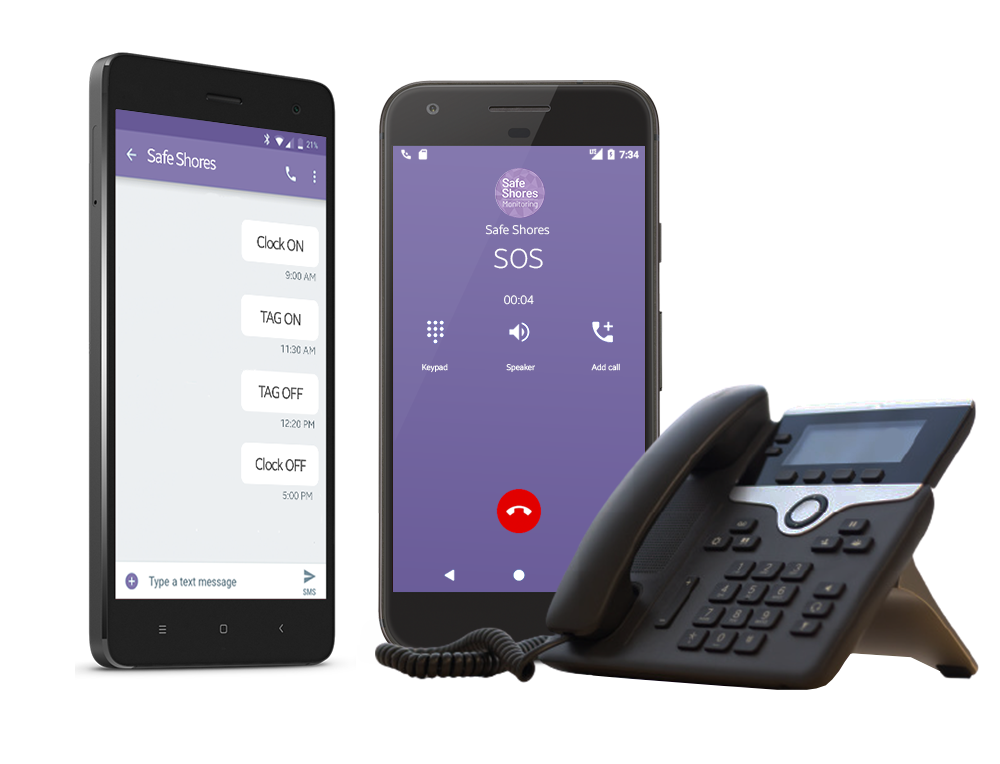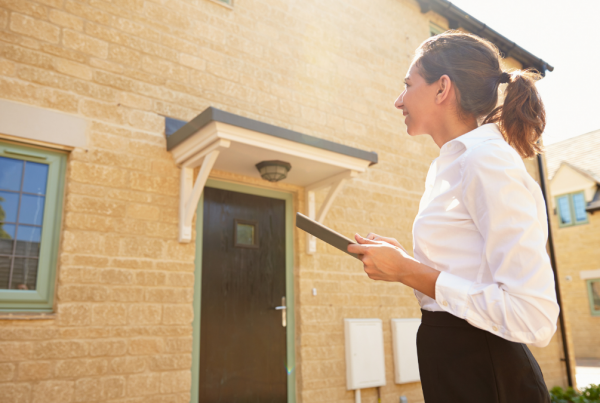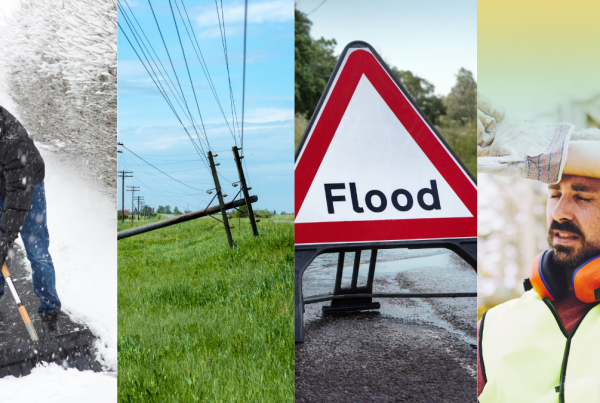In the UK, over 8 million people are classed as lone workers. According to the Health and Safety Executive, these lone workers require an adequate and reliable means of communication and a way to call for help whilst working alone. In order to achieve this level of duty of care, technology plays a crucial role in the form of a range of lone worker safety apps, devices and services.
In the following article, we will outline the different types of lone worker safety tools available, who should use them and how they work.
Jump to section:
- What is a lone worker device?
- What does a lone worker device do?
- Features of a lone worker device
- Who needs a lone worker safety device?
- Examples
- Lone Worker Devices
- Satellite Communication Solutions for Lone Workers
- Lone Worker Safety Apps
- Using your own device (Bring your own device)
- What lone worker device is best for my team?
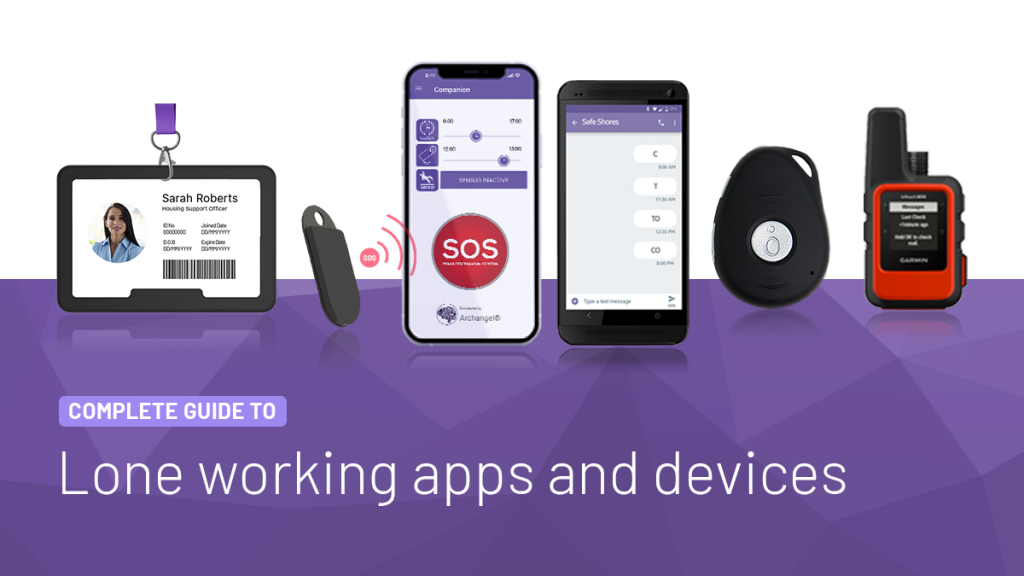
What is a lone worker device?
A lone worker device is a discreet piece of technology that is used by individuals to communicate essential safety information whilst working alone. As a primary function, a lone worker device will communicate with and alert colleagues, a 24-hour monitoring centre, or the emergency services when a lone worker is in need of help or is in danger.
Lone worker devices come in all sizes and forms. From simple text and call based solutions, to lone worker safety apps, dedicated multi-function devices and even satellite communication devices – the variation of lone worker safety solutions, with built-in risk features, are designed to safeguard employees from a host of risks and provide an essential communication link in a time of need.
What does a lone worker device do?
Lone worker devices are designed to protect and give comfort to lone working individuals when experiencing a number of risks. Risks could include sudden illness, accidents at work, and instances of verbal or physical violence. Click here to learn more about the different risks that lone workers face.
In its simplest form, a lone worker device will raise an SOS alarm when the device end user needs help. Many lone worker devices are configured with extra safety features. This ensures lone workers and their employers can better manage different types of risks and ensure that safety information is communicated effectively, even in situations where a lone worker is unconscious and can’t do it themselves. In the example below, you can understand how a typical lone worker device, coupled with a paid response service with a 24-hour Alarm Receiving Centre works.
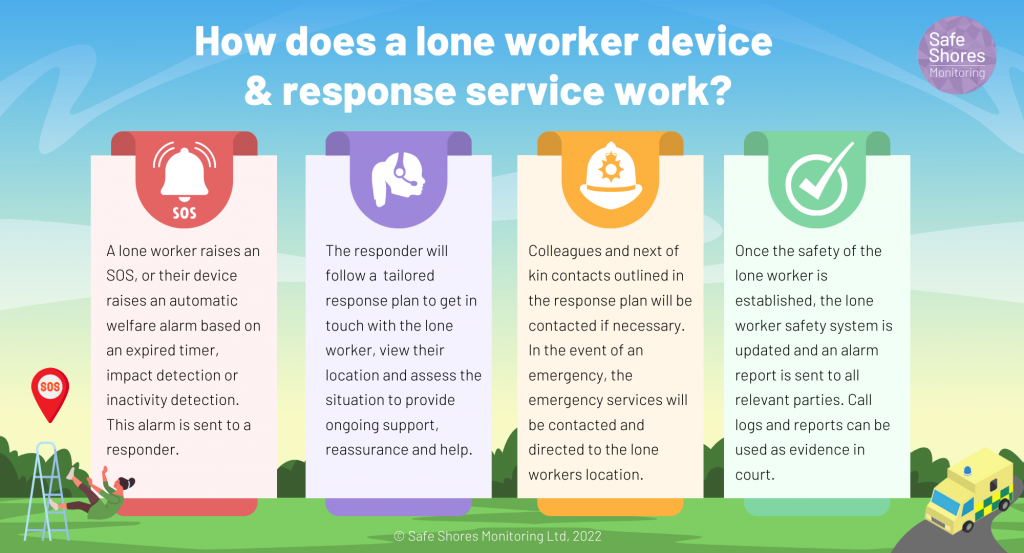
Features of a lone worker device
In a lone worker device or a lone worker safety app, you can expect features like:
- An SOS button
- GPS monitoring
- Fall detection capabilities, or a multifunction ‘sensor’
- Two-way audio
- A ‘clock’, to monitor your work start time and end time
- A timer, to use during hazardous activities
- Welfare alerts
Who needs a lone worker safety device?
To understand who needs a lone worker safety device, you first need to ask yourself, who is a lone worker? The answer is, anyone can be a lone worker. From home workers, to office workers, to field-based remote workers, to self employed people and volunteers – if a person works alone by themselves, without close or direct supervision, then they should be provided with a lone worker safety device.
To understand what device is most suitable for a lone worker, you have to understand what risks they face, and what features of a lone worker device will help to mitigate those risks.
Below, we highlight some examples of lone workers and the kind of lone worker solution they may need to perform their role. It’s important to note that risk constantly changes for workers depending on tasks carried out, their environment and unforeseen circumstances, so it’s important to conduct regular risk assessments and respond to new needs when necessary.
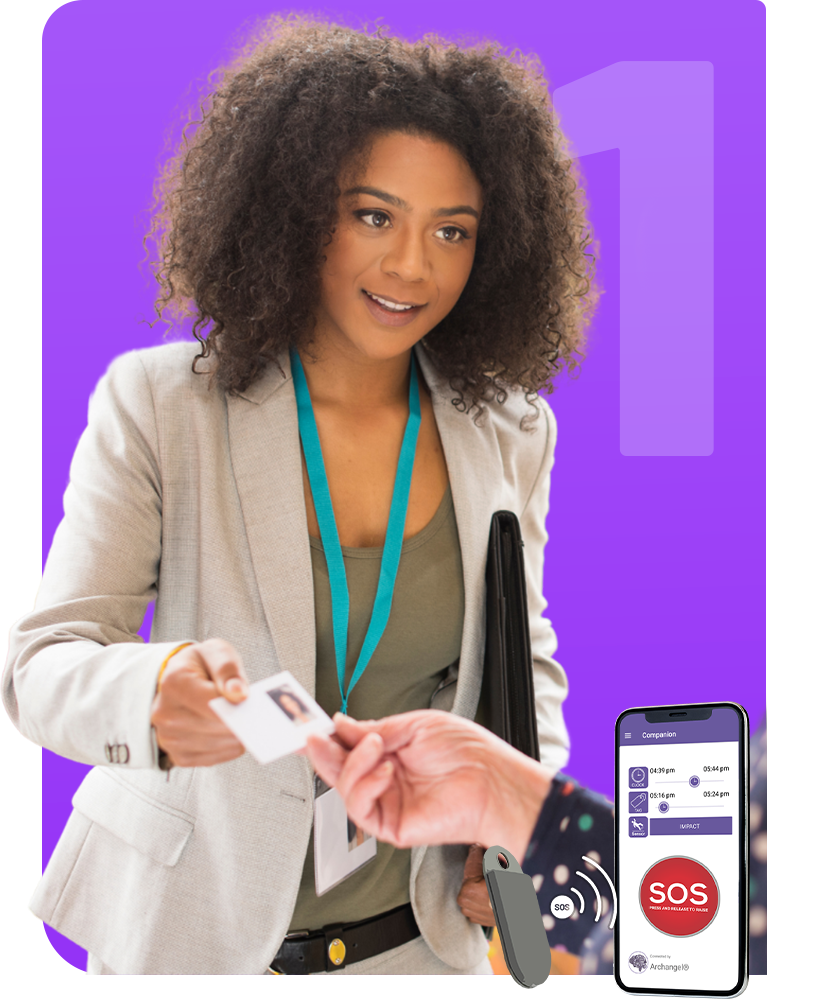
Emma the Housing Officer
Description
Emma is a lone working Housing Officer who regularly visits clients in their own homes. Emma also works from home part time. Emma has a pre-existing medical condition and can be prone to slips, trips and falls.
Lone working risks:
- Physical and verbal aggression from residents and other members of the public
- Working with vulnerable people
- Working in areas of high crime
- Accidents and injury: from medical conditions, slips, trips and falls
- Working with hazardous materials or risky equipment
- Working and travelling alone
Recommended solution:
Emma would benefit from a Lone Worker Safety App with a bluetooth safety button. This will ensure that Emma can:
- Clock on and off at the start and end of their work day
- Create a Timed Activity Guard when visiting clients or a high risk area
- Raise an SOS alarm during emergencies
- Send automatic welfare alerts when a slip, trip, fall or period of inactivity is recorded.
James the Utilities Engineer
Description
James is a utilities engineer who regularly visits customers in their own homes and business premises to carry out repairs and installations. James regularly works at height and operates machinery whilst working alone.
Lone working risks:
- Working in remote areas
- Working at height
- Accidents and injury: slips, trips and falls
- Working with dangerous materials, machinery and substances
- Physical and verbal aggression from customers and other members of the public
- Falling objects
- Working and travelling alone
Recommended solution:
James would benefit from a Chaperone lone worker safety device. With Chaperone, James can benefit from a discreet and simple to use device, fitted with a roaming SIM that can help him stay safe in any remote location. With Chaperone, James can:
- Clock on and off at the start and end of their work day.
- Create a Timed Activity Guard when visiting clients or performing a risky activity.
- Raise an SOS alarm during emergencies.
- Send automatic welfare alerts when a slip, trip, fall or period of inactivity is recorded.
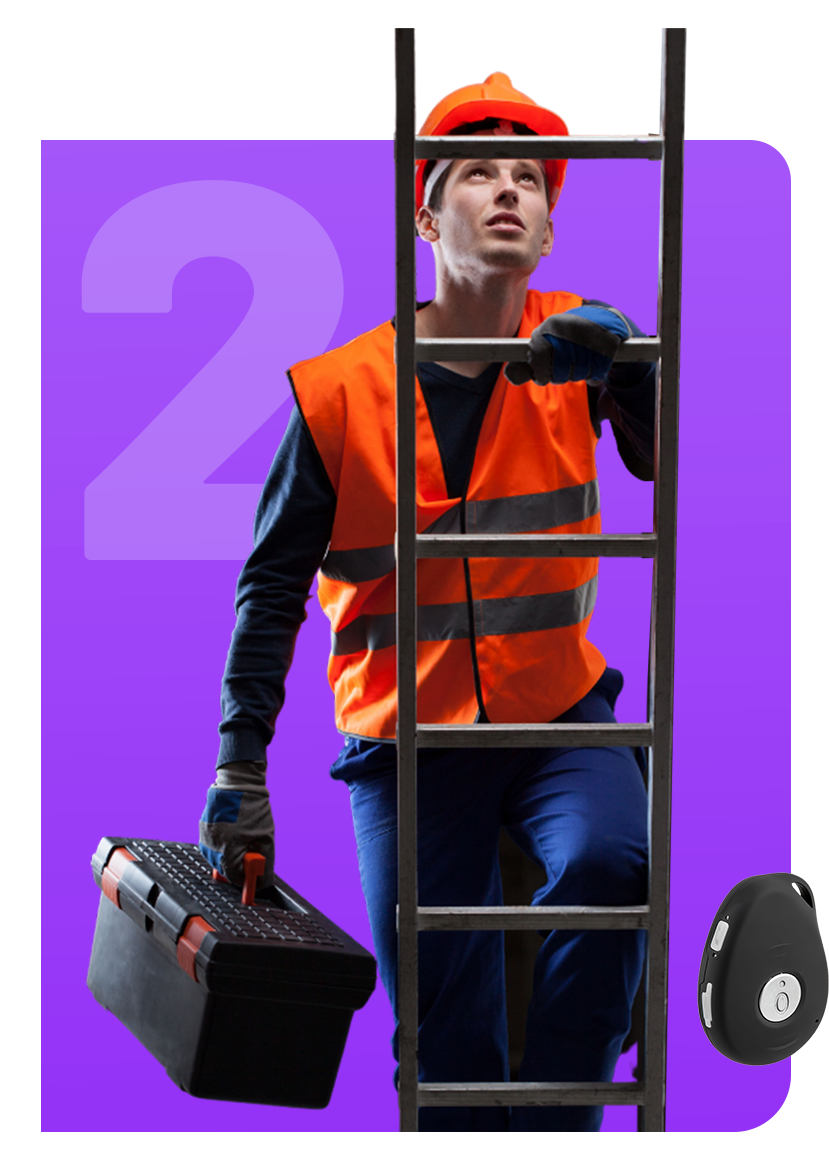
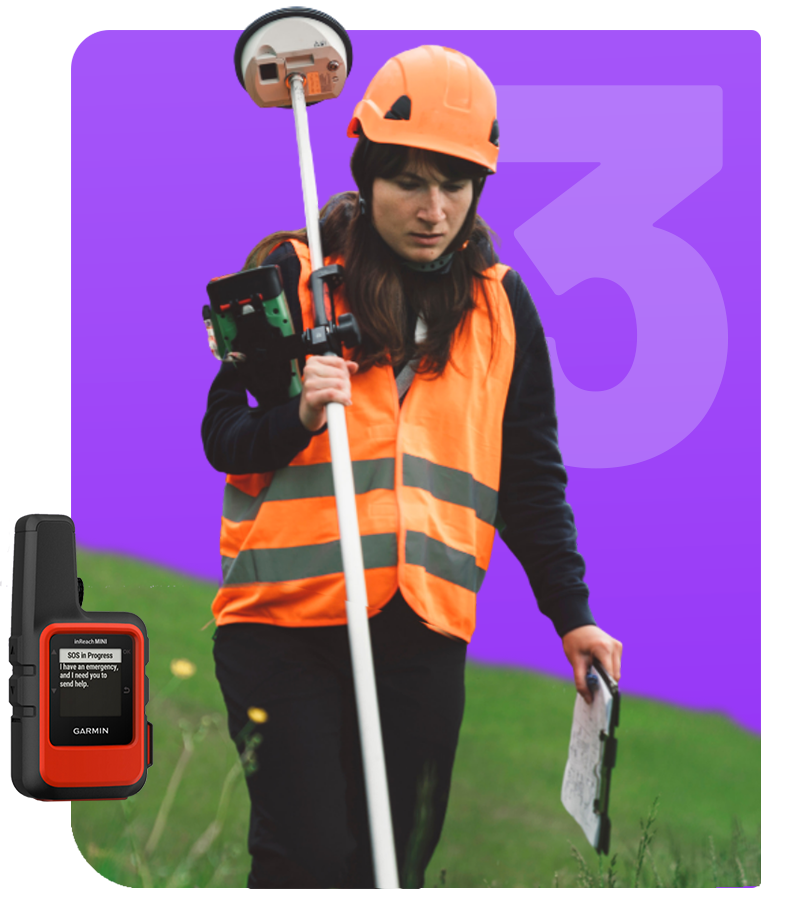
Samantha the Nature Conservation Officer
Description
Samantha is a Nature Conservation Officer who regularly works alone in very remote and dangerous locations where mobile signal is not available.
Lone working risks:
- Working in highly remote areas and hard to access areas
- Working at height
- Working with or near animals
- Working in uneven or unpredictable terrain
- Working with or around moving vehicles and machinery
- Accidents and injury: slips, trips and falls
- Falling objects including rocks, debris and tree branches
- Working and travelling alone
Recommended solution:
Samantha would benefit from a lone working satellite communications device. With rugged design and satellite connectivity, Samantha can provide critical safety updates, share her location and raise an SOS in the most remote locations anywhere in the world. With a sat-com device, Samantha can also:
- Clock on and off at the start and end of their work day.
- Create a Timed Activity Guard when performing a risky activity or is working in a high risk area.
- Raise an SOS alarm during emergencies.
- Communicate directly with emergency contacts or responders.
If you need advice on what devices to provide to your lone workers, please contact us, we will be happy to help.
Lone Worker Devices, Apps and Services
There are a number of lone worker safety solutions available to support employees and individuals whilst working alone. Here is a breakdown of common solutions and their features.
Lone worker devices
Lone worker devices come in all shapes and sizes with a variety of functions and features.
A lone worker device, like the Safe Shores Monitoring Chaperone device, is a lightweight and discreet GPS enabled device that utilises a roaming SIM, ensuring that it connects to all available mobile networks to overcome poor signal areas. Featuring an SOS button, live two-way audio, an intelligent configurable impact sensor (fall detection) and a multi-function button, this lone worker device is perfect for any lone worker.
For maximum discreteness, lone workers can benefit from a born worn ID badge. Designed to look and feel like a regular ID badge, these discreet badges, like the Safe Shores Monitoring SafeID badge, are packed with safety features to protect lone workers who typically visit clients and members of the public as part of their role. Like other devices, the SafeID badge features an SOS button, live two-way audio, multi-function buttons (to clock on, create a timed activity guard) and a configurable impact and inactivity sensor. The SafeID badge also boasts a memo recording feature, and even has proximity alerts with other SafeID badges for social distancing.
Satellite Communication Solutions for Lone Workers
In roles where reliance on traditional mobile phone signals is unreliable, lone workers can benefit from a dedicated satellite communication device to manage lone worker safety.
Satellite communication devices help lone workers communicate and send their location using satellite communication networks, removing reliance on mobile phone signals, 4g/5g connectivity and Wi-Fi.
Using the Safe Shores Monitoring Voyager Range, lone workers can benefit from a choice of satellite communication devices, including the Garmin InReach Mini. The Garmin device helps lone workers to communicate from the most remote locations on earth using the global Iridium communication network, which helps our 24-hour alarm receiving centre to receive essential safety updates and safety alerts from your device.
To learn more about our satellite communication range, click here.
Lone Worker App
A lone worker safety app is a mobile application that is designed to support lone worker safety. By using an employee’s existing smartphone device, a lone worker safety mobile app is a cost effective solution, as the app already utilises existing SIM services.
With a lone worker safety app like the BS8484 certified Safe Shores Monitoring Companion App, a lone worker can benefit from a range of safety features, including an SOS button, a CLOCK, a Timed Activity Guard, an impact and inactivity sensor (fall detection), GPS location monitoring and welfare alerts.
Many other lone worker safety apps struggle in areas without 4g connectivity and WiFi, but with the highly resilient Safe Shores Companion App, lone workers can continue to use their service, as all critical safety features, like an SOS alert, are sent via phone call in times where 4g connectivity or Wi-Fi is unavailable.
Additionally, some mobile apps struggle to be discreet. With the Companion App, lone workers can discreetly raise an SOS usig the key-lock override feature. This ensures lone workers can raise an SOS by clicking their on/off button 5 times, without having to access the app.
Furthermore, to stay discreet, the Companion App intelligently syncs with the Ally Bluetooth Button to raise an SOS up to 30m away from any Companion App. This ensures lone workers can discreetly raise an SOS using the dedicated Ally button, which can be placed discreetly anywhere including on keys, on ID cards, on items of clothing and even items of furniture, such as under a desk.
To learn more about the Companion Lone Worker Safety App, click here.
Using your own devices (Bring your own device)
Lone worker safety doesn’t always require the need for additional devices and apps. For a simple, secure and effective solution, lone workers can often use their own existing mobile phones, smartphones and even landlines to communicate essential safety updates.
The Safe Shores Monitoring Essential Service offers just that. Combining value and quality, the Essential Service enables lone workers to either dial-in or text safety updates using their mobile, smartphone or landlines using the keypad.
What lone working device is best for my team?
When considering a lone worker system, which includes the provision of lone working apps, devices and services, there are a number of factors to consider. Depending on your organisation, your industry, the work being undertaken and the different risks employees may face, you may find that your organisation requires a blend of different lone worker solutions.
If you would like advice on what lone working solution is best for your organisation, please get in touch with our team who will be happy to help. You can also arrange a free demo of our solutions, or have a free 30 day trial to test the best solution for your organisation.
Disclaimer: the information provided in this article is for general guidance only and is not legal advice. This article is not a substitute for Health and Safety consultancy. For legal advice, you should seek independent advice.
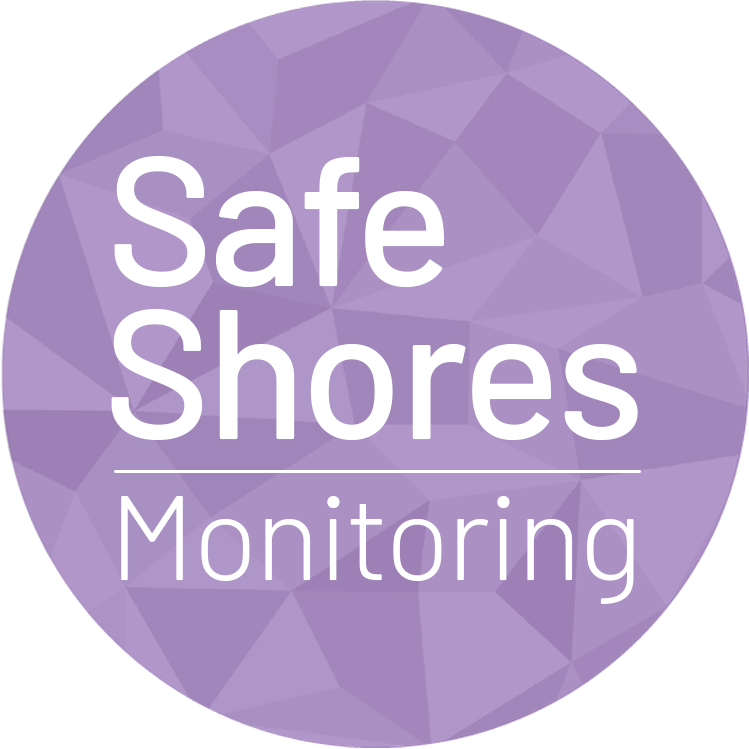
To find out more about Safe Shores Monitoring and out mission to Protect, Assure and Respond to all lone workers and their requirements, please click here.
